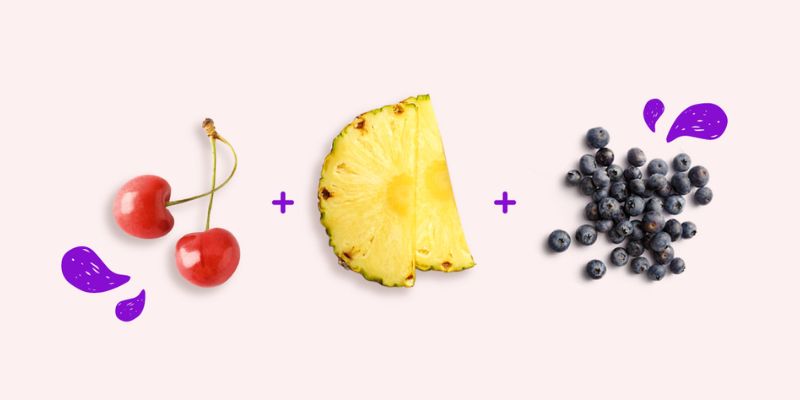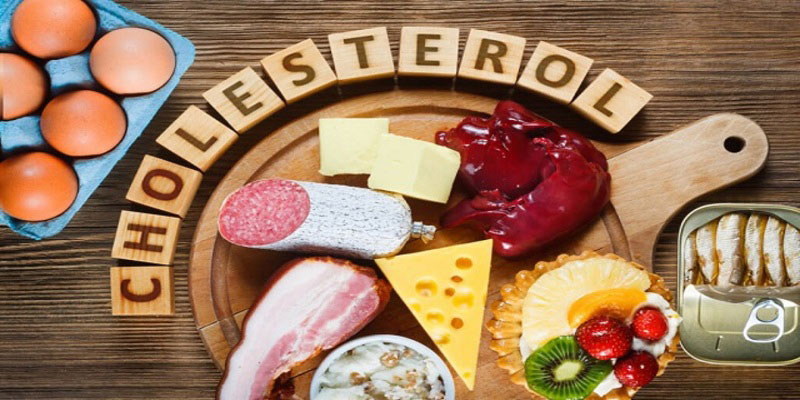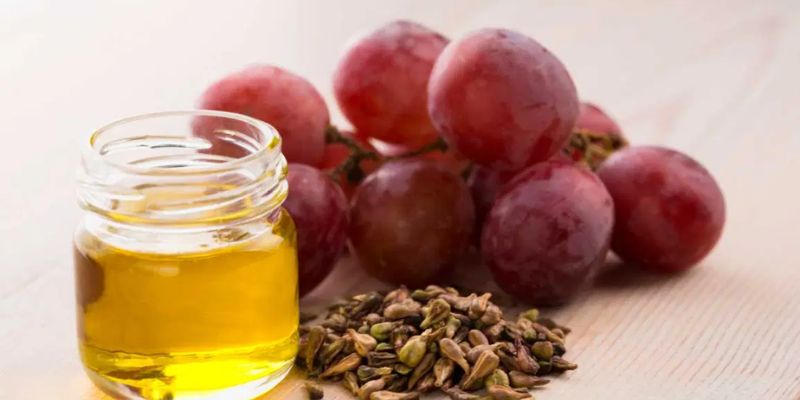It has been demonstrated that fiber provides several health benefits, such as enhanced digestion, intestinal health, weight loss, immunity, and satiety. Nonetheless, this straightforward and vital nutrient is frequently neglected. Your body can't function properly without fiber.
It helps you feed the good intestinal bacteria already in your body, which has several beneficial impacts on your health. Fiber-rich foods can help you fight constipation, maintain healthy blood sugar levels, and provide other health advantages.
The good news is that increasing your fiber intake is simple if you know which foods to choose and how to prepare them in your cooking. Hence, to help you stay informed, here is a list of foods high in fiber and can begin eating immediately.
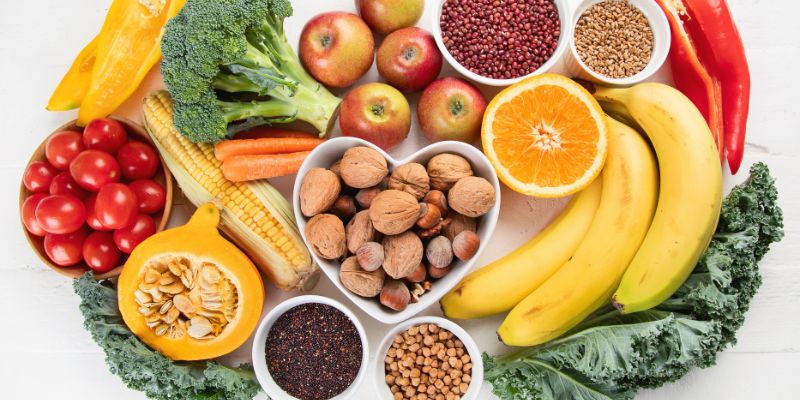
Why Should You Eat Fiber?
Fiber, an indigestible carbohydrate found in plant foods, is beneficial because it sweeps the colon, provides food for our gut bacteria, and slows the digestive process. Consuming foods high in fiber has been linked to improved gut health because of its positive effects on the good bacteria in the digestive tract.
As well as its role in slowing digestion and the absorption of sugar into the bloodstream, which in turn aids in regulating blood sugar levels and reducing cholesterol. Consuming many high-fiber foods has been linked to improved weight management and satiety.
8 High-Fiber Foods You Should Eat
Strawberries
Strawberries are a crowd-pleaser. Very few people don't think they're tasty. If you're a big fan of the fruit, you'll be pleased to learn that strawberries are among the highest in dietary fiber. They include fiber, which is beneficial to health, as a bonus.
Strawberries are an excellent source of both fiber and vitamin C. In addition to other powerful antioxidants, they feature manganese. It would help if you tried it blended with strawberries and bananas. For every 100 grams, strawberries provide 2 g of dietary fiber.
Oats
Oats are the healthiest grain food in the world, and they also happen to be among the foods highest in dietary fiber. Vitamins, antioxidants, and other nutrients are also included. Beta-glucan, a powerful soluble fiber, is present in them and has been shown to improve both blood sugar and cholesterol levels significantly. Oats are a staple in the high-fiber diets of most health-conscious people.
Overnight oats are a reliable breakfast option for busy mornings. It is one of the high-fiber foods; one cup of uncooked oats has 16.5 grams of fiber (or 10.1 grams per 100 grams).
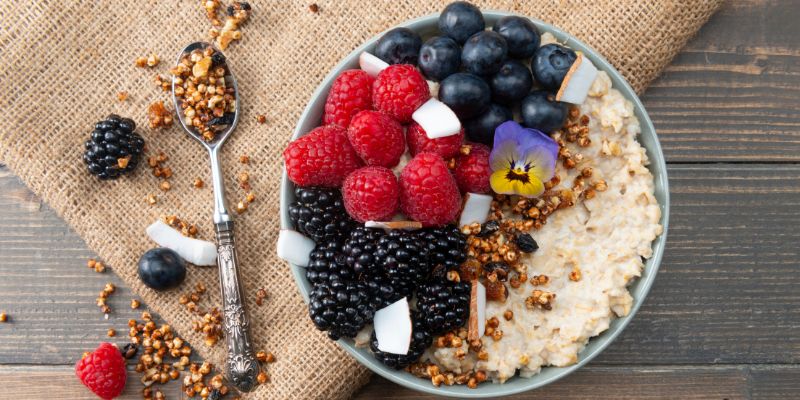
Green Pea
The common green pea, a mainstay for the freezer, contains a high concentration of nutritional fiber. Since the green pea plant produces pods with tiny seeds, it is classified as a legume, along with lentils, chickpeas, and beans.
Peas are abundant in fiber and complex carbs, and they also contain antioxidant polyphenols, which have been linked to a huge range of health benefits. In addition to being a delicious and nutritious side dish, green peas can be readily incorporated into a wide variety of other dishes, including salads, casseroles, stews, and soups like this Sweet Pea Soup.
Chia Seeds
The tiny, black seeds known as chia are all the rage in the alternative health community. They pack a lot of nutritional value because of high concentrations of essential minerals like calcium, phosphorus, and magnesium.
Chia seeds could be the greatest place to get your daily dose of fiber. You can put them in homemade jam or granola bars. In 100 grams, fry chia seeds offer 34.4 grams of dietary fiber.
Bananas
If you're constipated, your doctors or elders have probably advised you to consume two bananas. Bananas provide essential nutrients, such as vitamin C, B6, and potassium. Bananas may not have as much fiber as the other fruits here.
Bananas, whether ripe or unripe, offer several advantages. Add some nut butter, and you've got yourself a protein powerhouse. The resistant starch in bananas aids in food absorption. Bananas are a good source of fiber, with 2.6 grams per 100 grams.
Avocados
Compared to other types of fruit, avocado is high in fat but low in carbohydrates; nonetheless, it still has a good quantity of fiber, particularly insoluble fiber. The insoluble fiber in avocados helps with digestion and keeps you from being constipated or having trouble passing stool because it clings to water rather than dissolving. Avocados lend a deliciously thick and creamy texture to smoothies and their many other uses (such as in guacamole, atop salads, and as a standalone snack).
Carrots
Carrots are a nutritious root vegetable. These have a great flavor and a satisfying crunch. An amazing source of the antioxidant beta carotene, which the body converts into vitamin A, magnesium, and vitamins K and B6. Soup made with various veggies, including carrots, is a healthy way to increase your daily fiber intake. Every 100 grams of them has 2.8 grams of fiber.
Apples
Although apples have a relatively low amount of fiber (4 grams), they make up for it with their high vitamin C and antioxidant content. The fiber content of an apple increases when eaten with the skin still attached. Snacking on an apple spread with peanut butter is a simple and delicious method to increase your daily fiber intake.
Conclusion:
Constantly adjusting your fiber intake is not an option. It's tempting to think that more is better than less, but you must exercise caution. While making dietary adjustments, it's best to go slow and listen to your body.
Constipation and indigestion can be avoided by drinking enough water, and if you're interested in discussing the optimal amount of fiber for you, you can go to your doctor. The meals listed above are all high-fiber options that can help you meet your daily fiber needs with relatively little effort. They are a great addition to a high-fiber diet.


